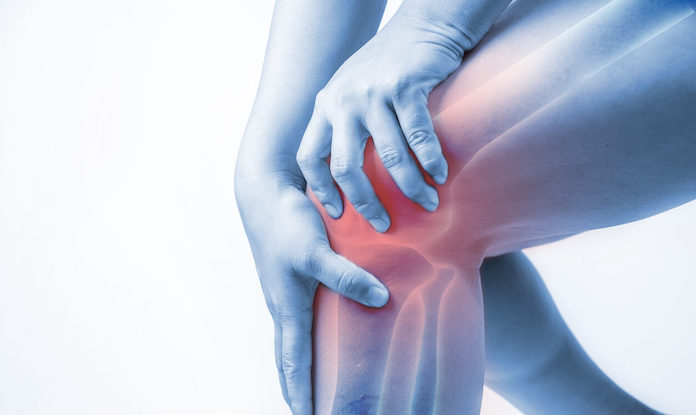A systematic review investigated the relationship between hamstring strength, flexibility, and morphology in individuals with gradual-onset knee disorders, including knee osteoarthritis (OA), patellofemoral pain (PFP), chondromalacia patellae, and patellar tendinopathy. The study analyzed 79 studies and performed meta-analyses comparing hamstring function between affected individuals and pain-free controls. It found significant impairments in hamstring strength in individuals with OA and PFP, particularly during isometric and concentric contractions. Additionally, reduced hamstring flexibility was identified in individuals with PFP, though no significant differences in hamstring function were observed in those with patellar tendinopathy.
The findings highlight the importance of addressing hamstring impairments in rehabilitation programs, particularly for patients with OA and PFP. Strength and flexibility deficits in the hamstrings were associated with altered knee biomechanics, which can contribute to pain and functional limitations. The review suggests that targeted interventions focusing on improving hamstring strength and flexibility could enhance rehabilitation outcomes and reduce symptoms in individuals with these gradual-onset knee disorders.
Reference: Lopes HS, Waiteman MC, Priore LB, et al. There is more to the knee joint than just the quadriceps: A systematic review with meta-analysis and evidence gap map of hamstring strength, flexibility, and morphology in individuals with gradual-onset knee disorders. J Sport Health Sci. 2024 Jul;13(4):521-536. doi: 10.1016/j.jshs.2023.08.004. Epub 2023 Sep 3. PMID: 37669706; PMCID: PMC11184318.









